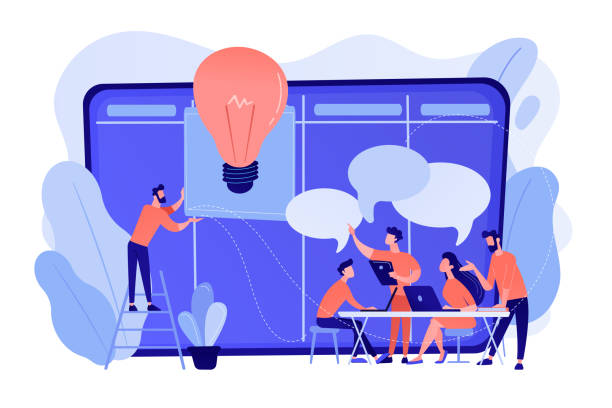Introduction to On-Page SEO and Its Importance
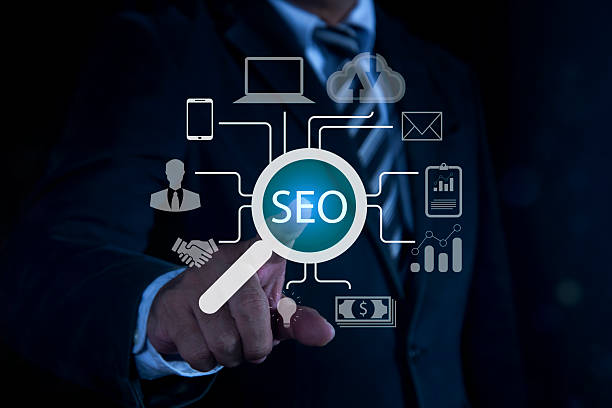
In today’s highly competitive world, an online presence is vital for every business.
But merely having a website is not enough; you need to be seen.
This is where the concept of #Search_Engine_Optimization or SEO comes into play.
Among various types of SEO, On-Page SEO holds special importance because you have complete control over it, and it directly applies to your website’s content and structure.
The main goal of on-page SEO is to send clear signals to search engines about the relevance and quality of your content so they can better understand and rank your pages.
This process involves optimizing various elements within the page itself, including #keywords, #meta_tags, #URL_structure, and #internal_links.
By correctly implementing on-page SEO principles, you can not only achieve a better ranking in search results but also improve the user experience (UX) for your visitors.
Improving on-page SEO means providing high-quality and well-structured content for both users and search engines simultaneously.
This optimization is the foundation of any successful SEO strategy, and without it, other efforts may not bear fruit.
Simply put, if the search engine doesn’t know what your content is about, how can it show it to the right users? On-site optimization is a key step in this direction.
Does your current corporate website not reflect your brand’s credibility and power as it should? Rasaweb solves this challenge for you with professional corporate website design.
✅ Increase visitor credibility and trust
✅ Targeted attraction of more customers
⚡ Click to get free consultation!
Key Components of On-Page SEO: Choosing the Right Keywords
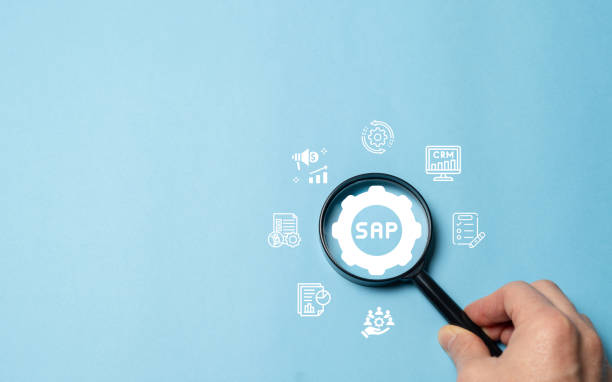
One of the most important foundations of on-page SEO is the correct selection and use of #keywords.
These words are phrases that users type into search engines to find your information, products, or services.
The #keyword_research process must be carried out carefully and meticulously to identify relevant keywords for your field of activity that have suitable search volume and reasonable competition.
Once identified, these keywords should be strategically used in various sections of your page, including the #page_title (Title Tag), #meta_description (Meta Description), #headings (H1, H2, H3), and in the main body of the content.
The importance of the page title and meta description is that they are the first things users see in search results and can influence the click-through rate (CTR).
For example, an #attractive_title and a #descriptive_meta_description that include the main keyword can encourage users to visit your site.
Optimizing these elements not only helps search engines better understand your content but also makes it clearer and more engaging for users.
Natural use of keywords in the text, without excessive and artificial repetition (Keyword Stuffing), is very important.
The goal is for your content to be understandable for search engines and also engaging and useful for human readers.
This smart approach to on-page SEO helps your pages appear more accurately in results and attract more targeted traffic.
Content Optimization for On-Page SEO and User Experience
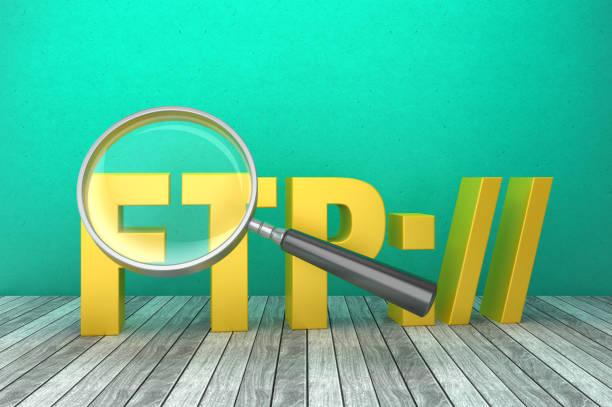
Content is king, and this principle holds truer than ever in the realm of on-page SEO.
Producing #high-quality, #unique, and #useful_content for users is the cornerstone of any successful SEO strategy.
Content that addresses the audience’s needs, answers their questions, and provides real value is not only favored by search engines but also keeps users on your site for longer.
This on-site presence time (Dwell Time) and low bounce rate send positive signals to search engines.
Your content should be comprehensive and in-depth, addressing the topic fully.
Don’t neglect breaking down content into smaller paragraphs, using #subheadings (H2, H3) to improve readability, and incorporating #relevant_images and #videos for greater appeal.
Using secondary keywords and #synonyms (LSI Keywords) also helps enrich your content and allows search engines to better understand the topic.
The visual structure of the content is as important as its written quality; #lists, #bolding_important_texts, and #quotes can significantly help improve readability and user experience.
Content optimization goes beyond just keyword placement; it involves providing a valuable and complete experience to the user that encourages them to return and interact more with your website.
A #strong_content_strategy is vital for on-page SEO.
| Content Type | Description | Impact on On-Page SEO |
|---|---|---|
| Educational Content | Articles and step-by-step guides | Increased credibility, organic traffic attraction, improved ranking for long-tail keywords |
| Question-Based Content | Q&A, problem-solving | Increased user engagement, reduced bounce rate, addressing user needs |
| Specialized Content | In-depth analyses, case studies | Establishing authority, attracting professional audience, improved domain authority |
| News Content | Industry or field-related news | Attracting immediate traffic, keeping users updated, increased repeat visits |
| Explanatory Content | Product/service introduction, how-it-works | Awareness, assisting purchase decisions, improved conversion |
Technical SEO in On-Page SEO: URL Structure and Internal Linking
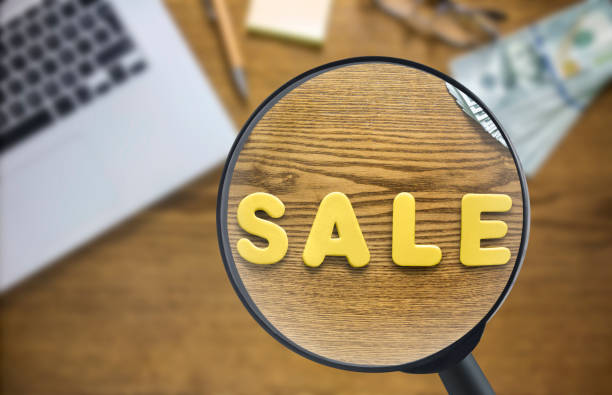
#Technical aspects also play a significant role in on-page SEO.
#URL_structure is one of these.
Your page addresses should be short, descriptive, include the main keyword, and be readable for both users and search engines.
Clean and meaningful URLs help search engines understand the page topic faster and also provide a better user experience.
For example, `example.com/blog/seo-on-page` is much better than `example.com/p?id=123&cat=456`.
Another important aspect is #internal_linking.
Internal links are links that connect different pages of your website to each other.
This not only helps users navigate your site easily but also assists search engines in discovering and indexing all pages of your website.
Additionally, #internal_links can distribute “authority” (Link Equity) among your pages and help your more important pages achieve a better ranking.
When creating internal links, use #descriptive_and_keyword-rich_anchor_texts.
Avoid linking to irrelevant pages or using generic anchor texts like “click here”.
Optimizing #site_structure through internal linking shows search engines which of your pages are more important, and this leads to #improved_ranking in on-page SEO.
These technical actions form the backbone of an optimized website.
Is your e-commerce site ready to attract maximum customers and increase sales? Rasaweb transforms your online business with modern and efficient e-commerce website design.
✅ Increased speed and improved SEO
✅ Excellent user experience on mobile and desktop⚡ Get free e-commerce website design consultation from Rasaweb now!
User Experience (UX) and Its Connection to On-Page SEO

Today, #user_experience (UX) is not just a competitive advantage, but a vital factor in on-page SEO.
Search engines, especially Google, are increasingly focusing on user experience signals for ranking web pages.
Factors like #page_load_speed, #mobile_compatibility, and #responsive_design directly affect user experience, and ignoring them can lead to a drop in rankings.
#Faster_web_pages have lower bounce rates and retain users longer, which is a positive signal for search engines.
Tools like Google PageSpeed Insights can help you identify speed issues.
Furthermore, given the increasing use of mobile for searching, having a #responsive website (or compatible with various devices) is of great importance.
Your website should display correctly on any screen size and its functionality should not be impaired.
Attractive visual design, easy navigation, and readable content are also factors that help improve UX.
Remember that the ultimate goal of search engines is to provide the best results to users; therefore, the better your user experience, the more likely you are to achieve a better ranking in search results.
On-page SEO goes beyond keywords, and UX optimization is a significant step in this direction.
Image Optimization and Its Impact on On-Page SEO
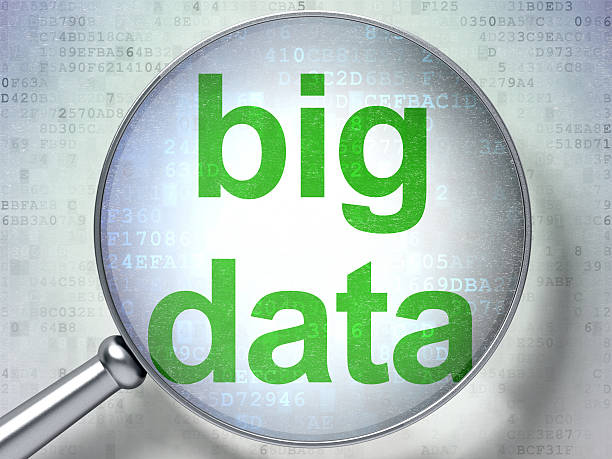
Images are an integral part of website visual content and can have a significant impact on on-page SEO and user experience.
Image optimization means reducing their file size without sacrificing quality, using appropriate formats (like WebP for the web), and adding descriptive #alt_text (Alt Text).
#Alt_text helps search engines understand the image content, as they cannot “see” images like humans.
Additionally, this text is essential for users who use screen readers or for images that fail to load.
Properly naming image files with relevant keywords can also help improve #image_ranking in image search.
For example, instead of `IMG_001.jpg`, use `best-on-page-seo.jpg`.
Do not underestimate the importance of image compression, as large image files can significantly slow down page load speed, and as previously mentioned, load speed is crucial for UX and SEO ranking.
Using #image_sitemaps (Image Sitemaps) can also help search engines find and index all images on your website.
By following these tips, your site will not only become more visually appealing but also have a greater chance of attracting traffic through image search and overall improving #on-page_SEO_performance.
Measuring On-Page SEO Success: Tools and Metrics
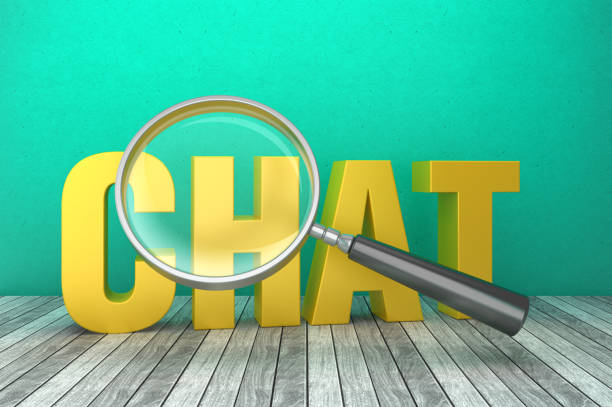
After implementing on-page SEO strategies, measuring and analyzing results is essential to evaluate the effectiveness of your efforts and identify areas for improvement.
Several tools are available in this area that can provide valuable information.
Google Search Console is a free and powerful tool that helps you monitor your website’s performance in Google search results, identify crawl errors, and see which keywords your website ranks for.
Google Analytics also provides comprehensive data about user behavior on your website, including the number of visitors, time spent on site, bounce rate, and traffic sources.
Important metrics to track include: #keyword_rankings (Keyword Rankings), #organic_traffic (Organic Traffic), #click-through_rate (CTR), #bounce_rate (Bounce Rate), and #time_on_page (Time on Page).
Increased organic traffic indicates success in attracting users through search, while a decreased bounce rate and increased time on page indicate engaging content and a favorable user experience.
Analyzing this data allows you to continuously improve your #web_page_optimization strategy and ensure that your efforts align with your business goals.
Continuous monitoring is a vital element in a successful on-page SEO strategy.
| SEO Metric | Description | Monitoring Tool |
|---|---|---|
| Organic Traffic | Number of visitors coming from search engines | Google Analytics, Google Search Console |
| Keyword Ranking | Position of your pages for specific keywords in search results | Google Search Console, SEMrush, Ahrefs |
| Click-Through Rate (CTR) | Percentage of users who clicked on your link in the results after seeing it | Google Search Console |
| Bounce Rate | Percentage of users who leave the site after visiting one page without interacting | Google Analytics |
| Average Time on Page | Average duration users spend on a specific page | Google Analytics |
| Page Load Speed | Time required to fully load page content | Google PageSpeed Insights, GTmetrix |
Common On-Page SEO Mistakes and How to Avoid Them
![]()
Despite the importance of on-page SEO, many webmasters and business owners make mistakes that can harm their SEO performance.
One of the most common mistakes, #excessive_keyword_repetition (Keyword Stuffing), is.
This practice, which involves unnaturally stuffing text with keywords, not only gets penalized by search engines but also disrupts the reading experience for users.
Instead, focus on #content_quality and #natural_keyword_usage.
Another mistake is #ignoring_meta_tags or writing unengaging meta tags.
Meta tags (title and meta description) are the user’s first impression of your page in search results; therefore, they should be compelling and include keywords.
#Lack_of_image_optimization is also a common error that leads to slow site speed.
Ensure that images are compressed, have alt text, and are properly named.
#Disordered_URL_structures and #weak_internal_linking can also harm search engine crawling and credit distribution on your site.
Also, many people do not give enough importance to #mobile_compatibility, which is a major mistake given the high volume of mobile searches.
The last common mistake is #lack_of_continuous_monitoring and #content_updates.
Google’s algorithms are constantly changing, and your content must remain current and relevant.
Avoiding these mistakes and continuous monitoring will help you keep your #on-site_optimization on the right track.
Are you losing customers due to your e-commerce site’s outdated appearance or slow speed? Rasaweb’s expert team solves these problems with professional e-commerce website design!
✅ Increased customer trust and brand credibility
✅ Stunning speed and excellent user experienceGet free consultation with Rasaweb right now ⚡
Future Trends in On-Page SEO
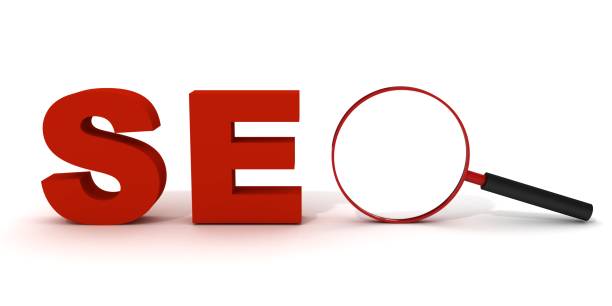
The world of SEO is dynamic and evolving, and on-page SEO is no exception.
To succeed in the future, it is necessary to be aware of new trends.
One of the most important upcoming trends is the #increasing_importance_of_Search_Intent.
Search engines are becoming increasingly intelligent and are trying to respond not only to keywords but also to the user’s true intent behind those words.
Therefore, your content must precisely match the user’s search intent, whether they are looking for information, making a purchase, or navigating.
#Optimization_for_voice_search is also expanding.
With the increasing use of voice assistants, people tend to use natural language and longer questions more.
Your content should also be optimized for these types of searches.
The #role_of_artificial_intelligence and #machine_learning in SEO will also become more prominent, as algorithms will become more complex and accurate.
Furthermore, #Page_Experience, which includes Core Web Vitals, will gain more importance.
These metrics include loading speed, interactivity, and visual stability of pages.
Therefore, investing in a strong technical infrastructure and providing an unparalleled user experience is essential for future #on-page_SEO.
#E-A-T (Expertise, Authoritativeness, Trustworthiness) content will also remain important, meaning your content should be produced by experts and be trustworthy.
Given these trends, the approach to on-page optimization should become more comprehensive and user-centric.
Conclusion and Final Recommendations for On-Page SEO
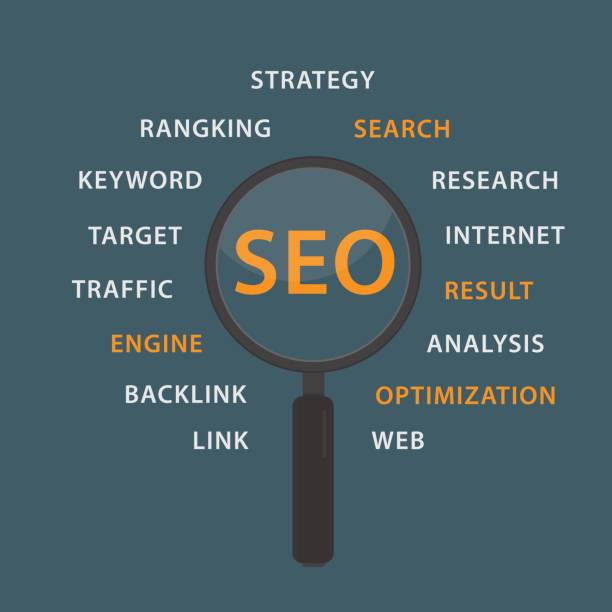
As discussed in this comprehensive article, on-page SEO is a vital and undeniable element in the success of any website.
From #precise_keyword_research to #valuable_content_creation, #image_optimization, #URL_structure_correction, and #smart_internal_linking, each of these components plays a crucial role in improving your website’s ranking in search engines.
Remember that SEO is an ongoing process, not a one-time project.
Search algorithms are constantly changing, and competitors are always striving to improve.
Therefore, #continuous_performance_monitoring, #data_analysis, and #updating_your_on-page_SEO_strategy are essential to maintain and improve your position in search results.
By focusing on providing an #excellent_user_experience and #high-quality_content that truly addresses your audience’s needs, you can ensure that your website is not only seen by search engines but also satisfies users.
On-page SEO allows you to have complete control over your site’s optimization, and by implementing it correctly, you can open a new gateway to online success.
It’s time to take practical steps for #on-site_optimization and witness the growth of organic traffic and ultimately, the expansion of your business.
This guide is a strategic roadmap for you on the path of on-page SEO.
Frequently Asked Questions
| Question | Answer |
|---|---|
| What is On-Page SEO? | It refers to the set of actions performed within a website to improve its ranking in search engines. |
| Why is On-Page SEO important? | Because it helps search engines better understand your site’s content and structure, and it improves user experience. |
| What are the most important elements of On-Page SEO? | Title and meta descriptions, keywords, URL structure, quality content, image optimization, internal linking, and site speed. |
| How to optimize Title Tag and Meta Description? | The title should include the main keyword and be engaging, and the meta description should be a compelling summary of the content with relevant keywords. |
| What is the role of keywords in On-Page SEO? | Keywords inform search engines about the page’s content and should be used naturally and intelligently within the text. |
| How is image optimization done for On-Page SEO? | By compressing file size, using descriptive file names, and filling the Alt tag with relevant descriptions and keywords. |
| What is Internal Linking and what is its purpose? | It is the connection of different pages of a website to each other. This helps distribute Page Authority and improve search engine crawling. |
| What is the importance of site load speed in On-Page SEO? | High speed improves user experience and is one of the important ranking factors for search engines like Google. |
| What is the impact of site responsiveness (Mobile-Friendliness) on On-Page SEO? | Given the increase in mobile users, responsiveness is essential for providing a suitable user experience across all devices and for Google’s mobile-first indexing priority. |
| What are the important content-related factors in On-Page SEO? | Originality, quality, comprehensiveness, readability, proper use of headings (H1, H2,…), and regular content updates. |
And other services of Rasaweb Advertising Agency in the field of advertising
Smart Website Development: A combination of creativity and technology for analyzing customer behavior through key page optimization.
Smart Advertorials: A combination of creativity and technology for digital branding through key page optimization.
Smart Sales Automation: An effective tool for online growth with custom programming.
Smart Brand Identity: A combination of creativity and technology to increase click-through rates by utilizing real data.
Smart Advertising Campaigns: An effective tool for user engagement through key page optimization.
And over a hundred other services in the field of internet advertising, advertising consultation, and organizational solutions
Internet Advertising | Advertising Strategy | Advertorials
Resources
- Comprehensive On-Page SEO Guide – Seonegar
- What is On-Page SEO? – Iran SEO L
- Comprehensive On-Page SEO Guide – Webramz
- On-Page SEO Tips for Businesses – Ghasem Yousefi
? With Rasaweb Afarin, specialists in secure website design and modern digital marketing strategies, achieve your business goals precisely.
📍 Tehran, Mirdamad Street, next to Bank Markazi, Southern Kazeroun Alley, Ramin Alley, No. 6


